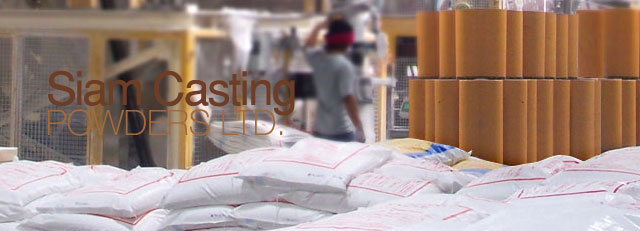
 |
 |

 |
|
| Problem Flashing or Finning | |
 |
|
| Cause | Remedy |
| Incorrect powder/water ratio (too much water) | Use correct amount of water (especially important with vacuum investing machines) |
| Work time of investment too long. Slurry start to set while still under vacuum. | Ensure the work time is fully used. Normally 8 minutes. |
| Casting the material with too much force. | For centrifugal casting, use the correct spin For vacuum casting, reduce pressure. |
| Moving flask too soon | Leave the flasks for at least 1 hour. |
| Moulds allowed to dry out before burn out. | If not burning out the same day, keep moulds wet by covering with wet sacking. |
| Flasks overheated during burn out. | Ensure maximum burn out temperature does not exceed 750 °C |
| Bubbles | |
 |
|
| Cause | Remedy |
| Investment too thick. Too little water. | Use correct powder/water ratio. |
| Vacuum pump/tank faulty. | Ensure equipment is regularly serviced and adequate for the task. |
| Water marking | |
 |
|
| Cause | Remedy |
| Incorrect powder/water ratio (too much water) | Use correct amount of water (especially important with vacuum investing machines) |
| Work time of investment not used up. | Ensure the work time is used up and slurry temperature is 20 - 30 °C. |
| Investment powder expired(too old) | Do not keep investment too long time. |
| Blister | |
 |
|
| Cause | Remedy |
| Dewax soak time not long enough. | Extend time for dry dewax at least 3 hours (temperatures between 150 to 250°C) |
| Flasks dewaxed at too high temperature. | Do not exceed 250 °C during dry de-wax. Wax will boil and erode investment surface. |
| Flasks put in furnace too soon after investing. | Leave flasks undisturbed for a minimum of one hour before de-wax. |
| Rough surfaces | |
 |
|
| Cause | Remedy |
| Rough waxes. | Use too much powder on the rubbers. |
| Flasks dewaxed at too high temperature. | Do not exceed 250°C during dry de-wax. Wax will boil and erode investment surface. |
| Steam de-wax for too long. | Steam, de-wax for a maximum of 1 hour. Steam will erode surface of the casting. |
| Flasks overheated during burn out. | Ensure maximum burn out temperature does not exceed 750 °C |
| Metal temperature too hot. | Reduce metal casting temperature. |
| Gas porosity | |
 |
|
| Cause | Remedy |
| Usage of low quality metal. | Do not use more than 50% recycled alloy and ensure it is clean. |
| Reaction with investment temperature. (Flask temperature too hot) | Reduce flask temperature down, Specially on big design. |
| Overheating the metal. | Reduce metal casting temperature. |
| Temperature inside furnaces over. | Ensure the quality of Thermocouple can control temperature. |
| Shrinkage porosity | |
 |
|
| Cause | Remedy |
| Incorrect spruing | Sprues should be attached to the heaviestpiece of the casting. There should be sufficient sprues to ensure the casting is adequately fed. |
| Flask temperature too cold. | The flask temperature should be just hot enough to achieve complete fill. |
| Incomplete casting | |
 |
|
| Cause | Remedy |
| Metal or flask temperature too cold. | Increase casting temperatures. If the metal or flask is too cold, the metal will freeze before completely filling the mould. |
| Improperly sprued. | the sprue system should be designed to allow the metal to enter easily and without restriction. |
Copyright © 2002-2011 Siamcasting.com All Rights Reserved.